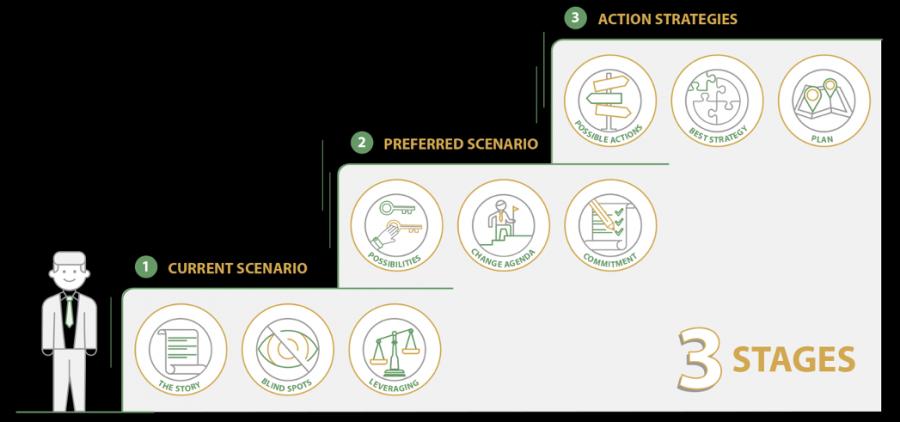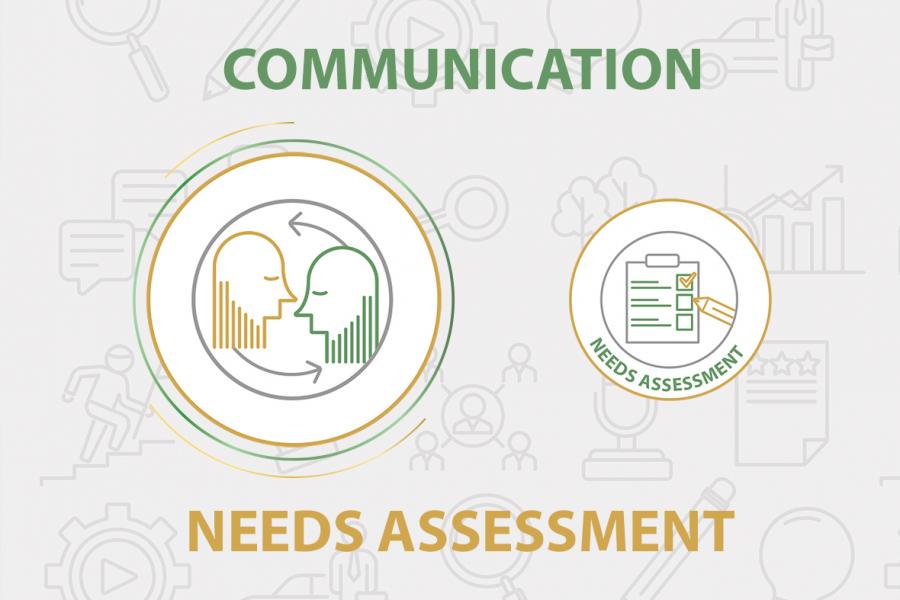 Effective Communication -Needs Assessment
Effective Communication -Needs Assessment
Exploring and understanding the stages of communication.
Effective Communication - Needs Assessment
Case Study
Bheki Dlamini is an 18‐year‐old male who just finished matric. Bheki sought career guidance from Pumla, because he had become frustrated with the school as they did not provide the necessary assistance in terms of career counselling. He stated that he felt confused and uncertain about how to move forward. He stated, “I need to look at my path but I am not sure where to start”.
Bheki mentions that he has an elderly grandparent at home and his mother works in another province. He is worried that he is unable to assist his family with their financial concerns. His thoughts are scattered and concerns are varied.
Pumla encourages Bheki to tell his story and helps him to explore and unfold his story. Pumla understands that since Bheki is in the situation, it can be difficult for him to see it clearly or from different angles. With the help of empathic reflections and thought-provoking questions, Bheki uncovers blind spots or gaps in his perceptions and assessment of the situation.
Pumla’s aim is to help Bheki plan the next steps. The strategy is broken into bite-size chunks of action. Pumla works with Bheki to turn good intentions into specific plans with time scales.
In doing so, Pumla is able to establish what Bheki’s needs are and how to assist him further. Pumla uses the Egan’s helper model as she finds this to be useful in gathering information.
Needs Assessment
There are a number of ways that a career development practitioner can conduct needs assessment with their client. One such way is through Egan’s Skilled Helper Model.

Egan’s Skilled Helper Model is a three-stage model in which each stage consists of specific skills that the practitioner uses to help the client move forward.
Stage 1 - Assist the client to explore shared emotions, behaviour, facts, thinking and view of reality.
Stage 2 – Assist the client in self-understanding by reflecting implied facts and feelings, intuition and insights.
Stage 3 – Assist the client with decision-making, selecting options and planning appropriate steps of action.
The three stages are briefly discussed below:
- Open-ended questions
- Silence
- Focusing
- Empathy
- Paraphrasing and Reflecting Meaning
- Paraphrasing and Reflecting Feeling
- Structuring
- Summarising
- Recognising Patterns and Themes
- Alternate Frames of Reference
- Self-disclosure
- Immediacy
- Challenging
- Timing and Pacing
- Advanced empathy
- Divergent Thinking
- Goal-setting
- Decision-making
- Problem-solving
- Programme Choice
- Evaluating Knowledge of Resources
- Using Knowledge of How Behaviour is Changed
- Using Knowledge of How Useful Behaviour is Maintained
- Teaching skills and Promoting Learning skills
Shared under a Creative Commons Attribution-NonCommercial-NoDerivatives 2.0 South Africa (CC BY-NC-ND 2.0 ZA)
This means you can share and adapt this work but not for commercial purposes. You will only need to include the following reference to the original content in all shared works.
Kindly attribute as follows:
Beukes, C. J., Mahadave, K., & Kanhai, K. (2022). Professional Development Portfolio for Career Development Practitioners (1st ed.). CC BY-NC-SA 2.0 ZA, https://creativecommons.org/licenses/by-nc-nd/2.0/za/
Authors
![]() Sacda
Sacda
![]() Karuna Mahadave
Karuna Mahadave
![]() Christopher John Beukes
Christopher John Beukes

You can earn 1.00 CPD point/s by completing and passing the self-assessment questionnaire for this article.
1.00